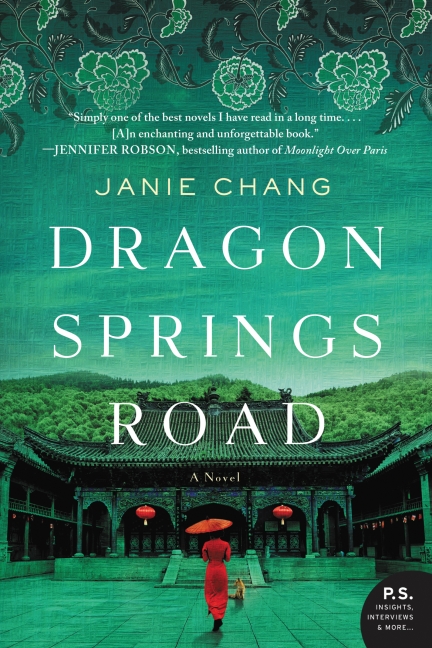Mixed race child zigzags through Shanghai worldPosted in Articles, Asian Diaspora, Book/Video Reviews, Media Archive on 2017-04-03 02:37Z by Steven |
Mixed race child zigzags through Shanghai world
Otago Daily Times
2017-04-03
Jessie Neilson, Library Assistant
University of Otago
DRAGON SPRINGS ROAD
Janie Chang
William Morrow
(Harper Collins Publishers)
Janie Chang’s second novel, Dragon Springs Road, details a landscape of memories, where traditional spiritual beliefs coexist with more modern ways of living.
Author Janie Chang, a Taiwanese Canadian, draws on her own family heritage and ancestors’ beliefs in her second novel.
It is 1908, the Year of the Monkey, Dragon Springs Road, Shanghai. In a traditional, affluent Chinese housing complex, a young girl is abandoned by her mother, with little explanation.
The 7-year-old, Jialing, is Eurasian, or za zhong, as strangers insult her, and as such is treated with contempt by most of society. She has little chance of education or opportunity beyond prostitution, but fortunes look up when she is taken under the wing of the new family in residence…
Read the entire review here.
